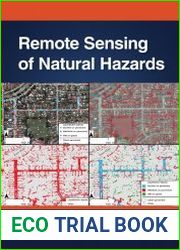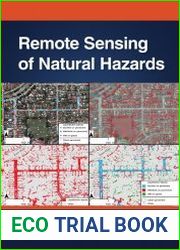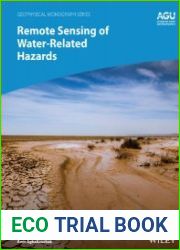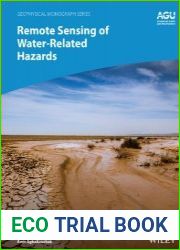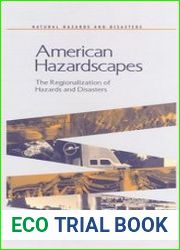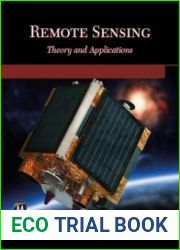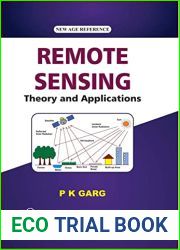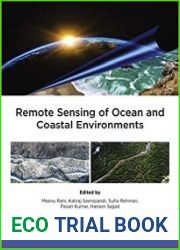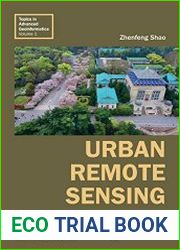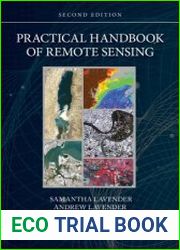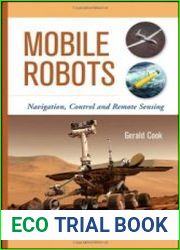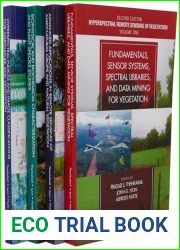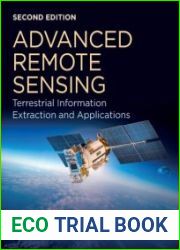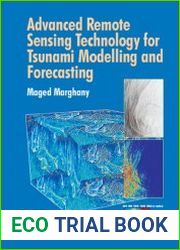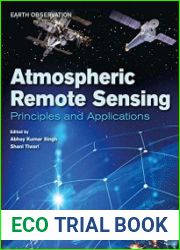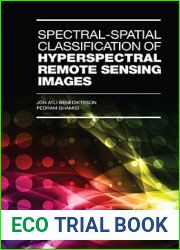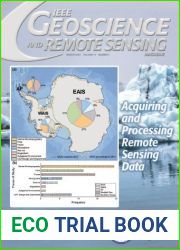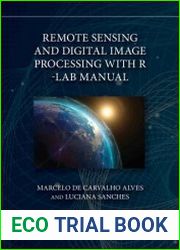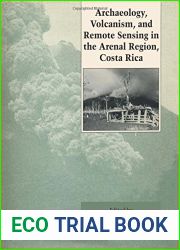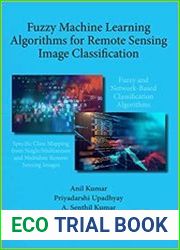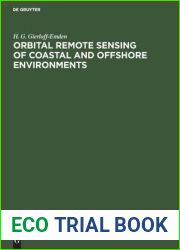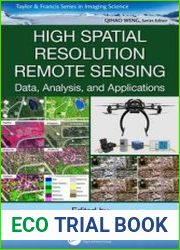
BOOKS - Remote Sensing of Natural Hazards

Remote Sensing of Natural Hazards
Author: Jay Gao
Year: 2023
Pages: 464
Format: PDF
File size: 85,7 МБ
Language: ENG

Year: 2023
Pages: 464
Format: PDF
File size: 85,7 МБ
Language: ENG

Remote sensing of natural hazards is a powerful tool that has revolutionized our understanding of the Earth's surface and its processes. This book provides a comprehensive overview of remote sensing techniques and their applications in monitoring and managing natural hazards such as landslides, floods, wildfires, and volcanic eruptions. The authors explain how remote sensing can help us better understand the physical and biological processes that shape our planet and provide early warning systems for natural disasters. They also discuss the challenges and limitations of remote sensing and suggest future research directions in this rapidly evolving field. The book begins by introducing the fundamental principles of remote sensing and its importance in understanding natural hazards. It then delves into the various types of remote sensing technologies, including satellite imagery, aerial photography, and LiDAR, and their applications in monitoring and managing natural hazards. The authors highlight the strengths and weaknesses of each technology and provide examples of successful case studies where remote sensing has been used to mitigate the impact of natural disasters. The next section explores the use of remote sensing in specific applications such as landslide monitoring, flood risk assessment, wildfire management, and volcanic eruption prediction. The authors provide detailed descriptions of how remote sensing can be used to detect and predict these events, as well as to assess their impact on the environment and society. They also discuss the challenges of integrating remote sensing data with other sources of information, such as ground-based observations and models, to improve the accuracy and reliability of hazard assessments. The final section of the book looks at the future of remote sensing in natural hazard management.
''







